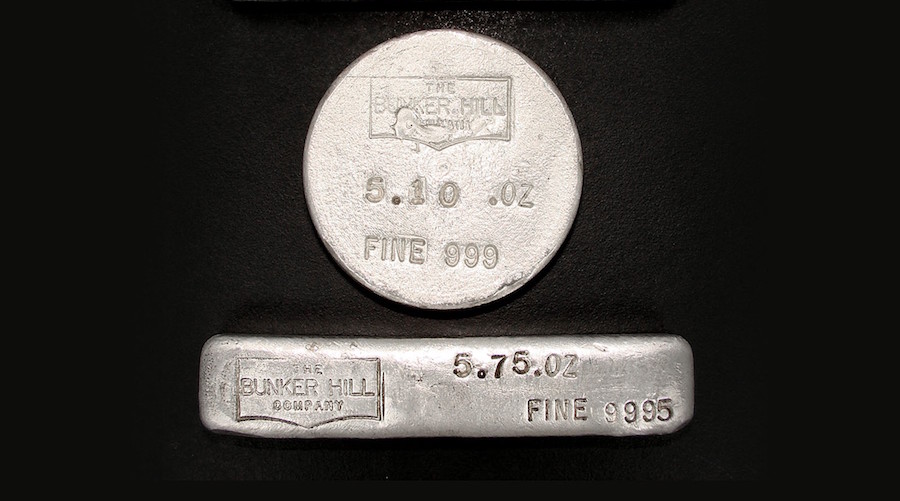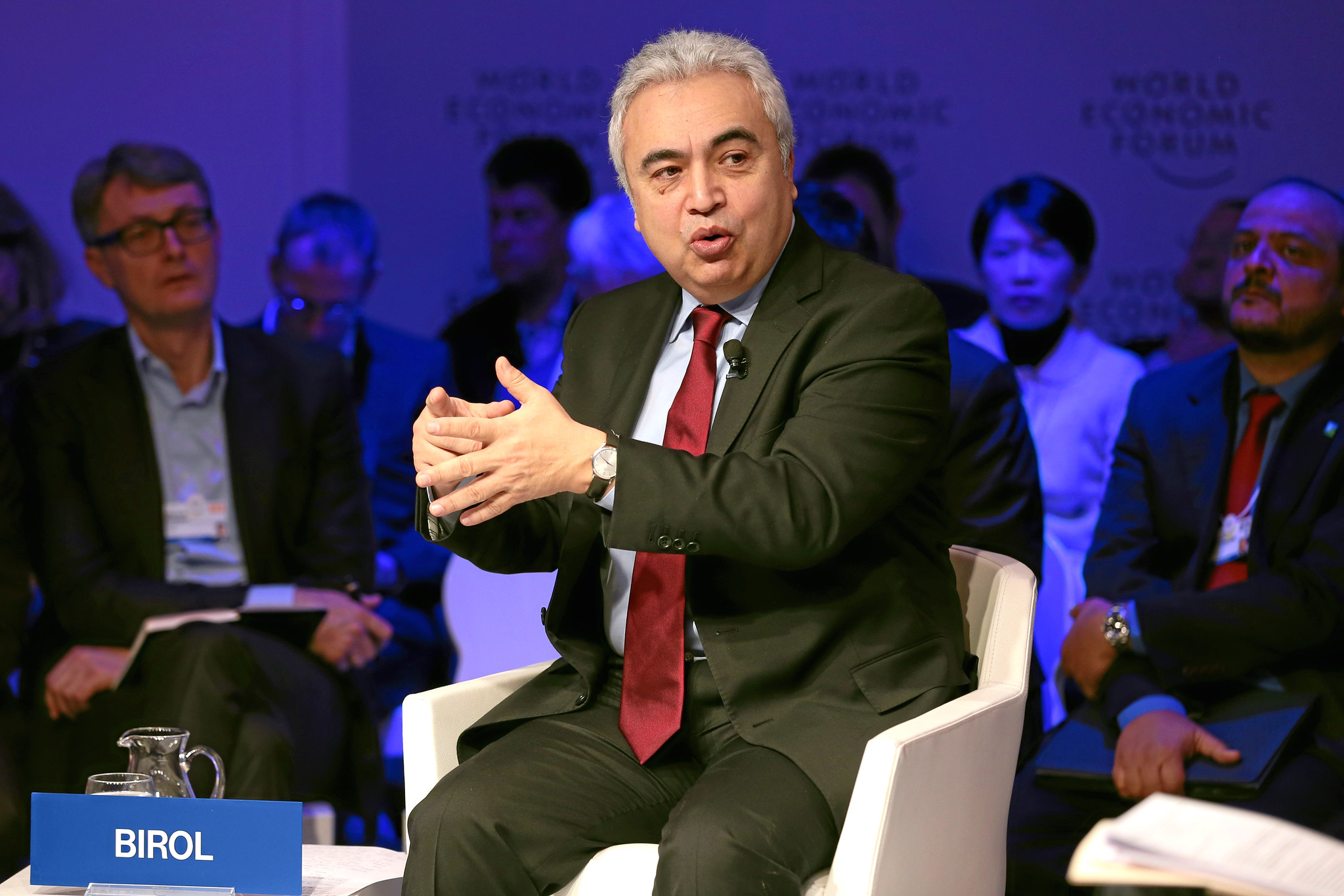Canadian miner could reopen centenary Idaho mine

Following the settlement of a longstanding Superfund lawsuit against the owner of the Bunker Hill Mine, the project’s Canadian operator might restart works at the site.
Toronto-based Bunker Hill Mining Co. told The Spokesman-Review that it would consider reopening the mine on a limited basis by the end of the year, while large-scale production could be possible in about two years.
The Canadian miner is leasing the lead-zinc-silver property located in Kellogg, northern Idaho, and has an option to buy it from the owner, Placer Mining Co.
Before doing that, Bunker would have to raise about $100 million. However, that should not be too difficult now that the major hurdle that was stopping the company from moving forward has been cleared. That is, the suit connected to and EPA-lead Superfund cleanup that had to be undertaken from the 1980s on to deal with pollution from Bunker Hill’s smelter stacks, which spread over the city, as well as from historic irregular tailings management. Such situations produced some of the highest blood-lead levels in local children ever documented in North America.
But the cleanup has ended and with the agreement filed earlier this week in the U.S. District Court in Boise, past environmental liabilities against the mine’s owner are resolved, as well as a counter-lawsuit against the U.S. Environmental Protection Agency.
As part of the agreement, Bunker Hill has to pay the EPA $20 million over a seven-year period, regardless of whether the company continues to lease and operate the mine or moves towards an ownership position. Payments will be done on behalf of the current owner/lessor for the EPA’s prior response costs.
Every six months, Bunker Hill will also have to pay the EPA $480,000 for ongoing water treatment costs incurred at the EPA’s Central Treatment Plant and would have to report on ongoing maintenance work on mine infrastructure to allow for proper management of mine effluent.
On the other side of the equation, the U.S. government agreed not to sue Bunker Hill for prior contamination migrating from the mine. Similarly, the EPA agreed not to enforce any lien it may have on the mine so long as Bunker Hill is in compliance with its payment and maintenance work obligations, as well as to release any lien it may have on the mine upon the completion of Bunker Hill’s maintenance work and payment obligations.
“This agreement with the United States EPA and Department of Justice provides Bunker Hill or a subsidiary with the ability to operate the Bunker Hill Mine. We can now accelerate the work required to re-open the mine. We will work together with the EPA to operate the mine in a way that will provide economic benefits for the local community in an environmentally prudent fashion,” said Bunker Hill’s President and CEO, Stated Bruce Reid, in a media statement.
More News
{{ commodity.name }}
{{ post.title }}
{{ post.date }}



Comments